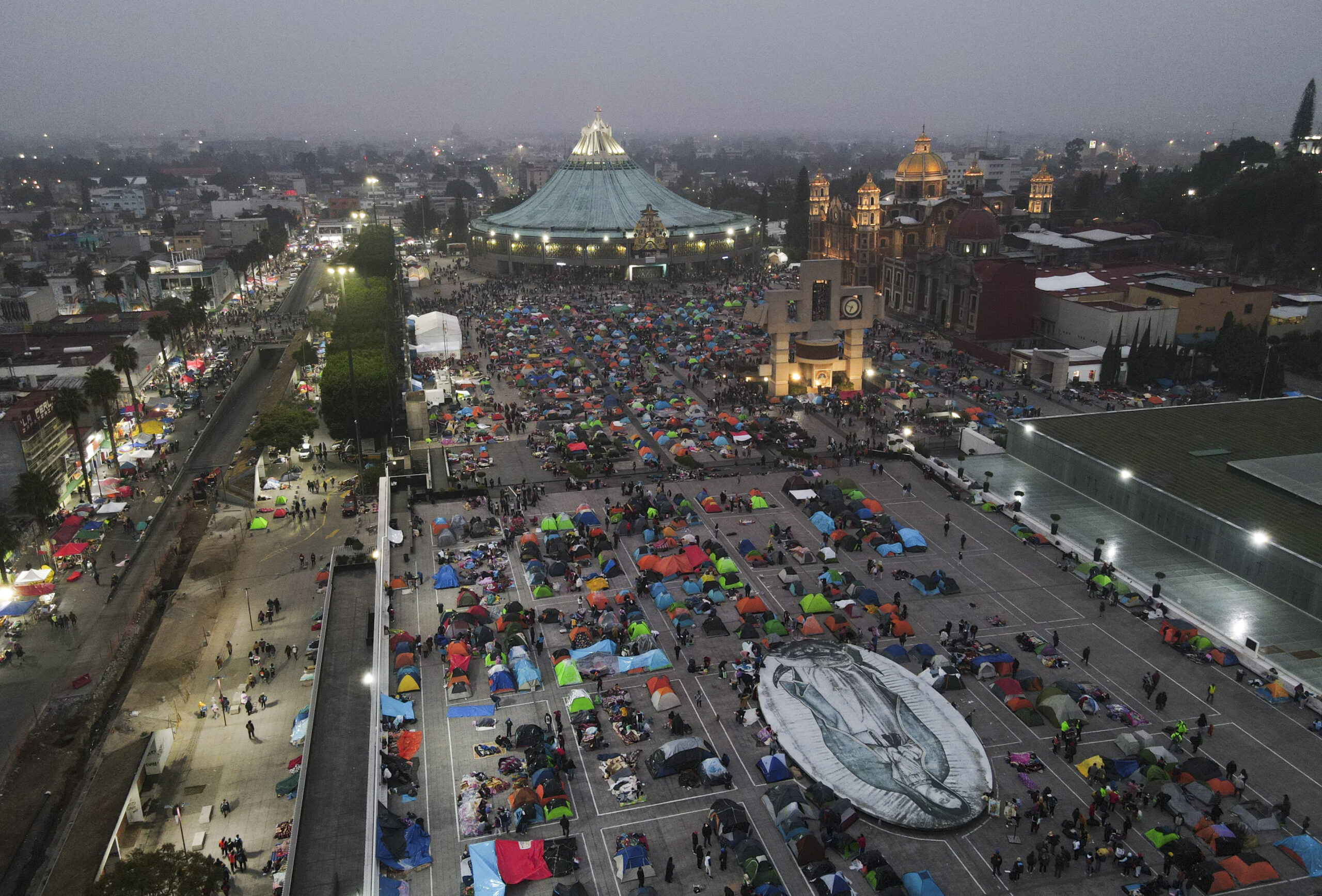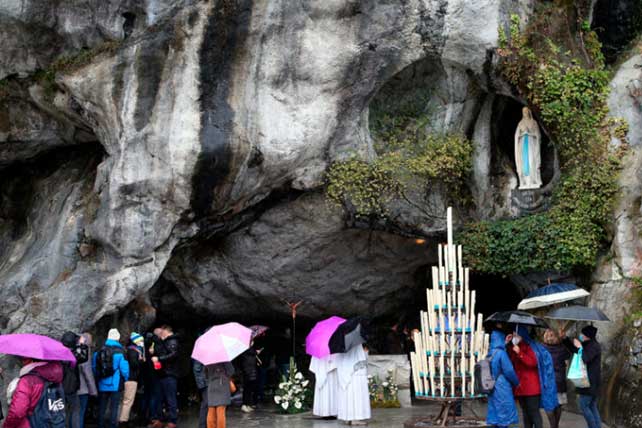(RNS) — Every Sunday, in Flushing Meadows Park in Queens, New York, a group of followers of Veronica Lueken, a Catholic housewife who said she saw visions of Mary starting in 1968, gather around a statue of Mary placed on a park bench and pray the rosary. A rival group, which split after Lueken’s 1995 death, gathers on a nearby traffic island.
During her life, Lueken said she received messages that challenged the post-Second Vatican Council Catholic Church and warned people to repent.
While alleged Marian apparitions are plentiful, most, like Lueken’s, go without official recognition by the Catholic Church. Only 25% of apparitions have been recognized by the local bishop in the church’s 2,000-year history. Of those, the Vatican has only recognized 16.
This Friday (May 17), the Vatican will release a document with new norms for discerning Marian apparitions and other supernatural phenomena, the first time those norms have been updated since 1978.
RELATED: Priests Prepare To Bring Synodality From the Vatican to Parishes Around the World
In explaining the importance of Marian shrines, Robert Orsi, who holds the Grace Craddock Nagle Chair in Catholic Studies at Northwestern University, cites a gas station attendant in Knock, Ireland, the site of an officially recognized Marian shrine, who told Orsi, “Here the transcendent broke into time.”
Robert Orsi. (Photo by Tony Rinaldo)
The sites are so beloved that people replicate them around the world. The tourism website for Lourdes, another site of a well-known and officially recognized apparition, says there are more than 765 replica sites in France and another 321 in the rest of the world.
At the Our Lady of Lourdes Grotto in the Bronx, near where Orsi grew up, people know the water they’re collecting to take back to their sick relatives or placing on their own bodies is from the city reservoir, but they also believe the water is holy and has some of the power of the water in Lourdes, Orsi said.
“These places are always at once both local and universal,” said Orsi, explaining that Marian apparitions often speak in the regional language, but that Marian devotions are all-inclusive.
Initially, Orsi said, the sites of the apparitions “capture the world’s attention because of their drama.”
But after the apparitions are over and the shrines are built, “they become places for friendship, for travel, for families, for support, for encouragement, for hoping, for dealing with despair and disappointment. They’re really rich sites of relationships,” Orsi said, explaining that the sites can also have political, nationalist and medical meanings.
While the sites of Marian apparitions “help inculcate a Catholic consciousness or a Catholic imaginary” and “increase piety and devotion,” Orsi said they can prove “complicated” for ecclesiastical authorities because “there’s a power to these sites” that can go beyond their control.
Joseph Laycock, an assistant professor of religious studies at Texas State University, agrees the sites pose a particular conundrum for the institutional church. “Private revelation is always a threat to the authority of the magisterium and the authority of the church,” said Laycock, who has studied Lueken in depth. “On the other hand, it’s also very precious to Catholic tradition.”

Pilgrims gather outside the Basilica of Guadalupe on her feast day in Mexico City, Dec. 12, 2023. Devotees of Our Lady of Guadalupe gather for one of the world’s largest religious pilgrimages on the anniversary of one of several apparitions of the Virgin Mary witnessed by an Indigenous Mexican man named Juan Diego in 1531. (AP Photo/Marco Ugarte)
After the Second Vatican Council ended in 1965 and led to a host of reforms in the church, “there was kind of a spike of interest in Marian apparitions because a lot of traditionalist Catholics felt the church had kind of turned its back on tradition,” said Laycock. “That’s why in 1978, the church had to finally make some more specific guidelines.”


